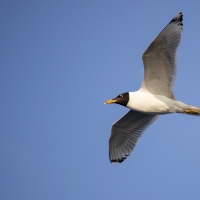This post is also available in: Swedish
Squacco heron – Ardeola ralloides
Squacco heron – Ardeola ralloides
is a small heron, 44–47 cm (17–19 in) long, of which the body is 20–23 cm (7.9–9.1 in), with 80–92 cm (31–36 in) wingspan. It is of Old World origins, breeding in southern Europe and the Greater Middle East.
The squacco heron is a migrant, wintering in Africa. It is rare north of its breeding range. The species has been recorded in Fernando de Noronha islands, and more rarely in mainland South America, as a vagrant. This is a stocky species with a short neck, short thick bill and buff-brown back. In summer, adults have long neck feathers. Its appearance is transformed in flight, when it looks very white due to the colour of the wings.
The squacco heron’s breeding habitat is marshy wetlands in warm countries. The birds nest in small colonies, often with other wading birds, usually on platforms of sticks in trees or shrubs. Three to four eggs are laid. They feed on fish, frogs and insects.
The English common name squacco comes via Francis Willughby (c. 1672) quoting a local Italian name sguacco. The current spelling comes from John Hill in 1752.
The scientific name comes from Latin ardeola, a small heron (ardea), and ralloides, Latin rallus, a rail and Greek -oides, “resembling”.
It sounds like this
Recording by Peter Boesman from Xeno canto





